1-(2-THIAZOLYLAZO)-2-NAPHTHOL
Synonym(s):2-(2-Hydroxy-1-naphthylazo)thiazole;TAN
- CAS NO.:1147-56-4
- Empirical Formula: C13H9N3OS
- Molecular Weight: 255.3
- MDL number: MFCD00021611
- EINECS: 214-555-3
- SAFETY DATA SHEET (SDS)
- Update Date: 2024-12-18 14:07:02

What is 1-(2-THIAZOLYLAZO)-2-NAPHTHOL?
Description
ERGi-USU (1147-56-4) selectively inhibits the growth of ERG-positive VCaP prostate cancer cells, COLO320 colon cancer cells, KG-1 and MOLT-4 leukemia cells with minimal effect on ERG-negative cells or normal prostate or endothelial cells (IC50 = 169 nM for cell growth and 315 nM for ERG protein in VCaP cells). It selectively inhibits the kinase RIOK2 (Kd = 200 nM) causing disruption of ribosomal biogenesis and ribosomal stress.
The Uses of 1-(2-THIAZOLYLAZO)-2-NAPHTHOL
1-(2-Thiazolylazo)-2-naphthol is a high affinity Rio Kinase 2 (RIOK2) inhibitor (Kd = 200 nM). Exhibits >6-fold selectivity for RIOK2 over a panel of 456 kinases. Inhibits ERG protein and potently inhibits growth of ERG-positive VCaP prostate cancer cells in vitro (IC50 = 169 nM) but not ERG-negative cell lines. Also inhibits growth of VCaP xenografts in mice.
storage
Store at +4°C
References
1) Mohamed et al. (2018), Identification of a Small Molecule That Selectively Inhibits ERG-Positive Cancer Cell Growth; Cancer Res. 78 3659
Properties of 1-(2-THIAZOLYLAZO)-2-NAPHTHOL
| Melting point: | 138-139 °C |
| Boiling point: | 464.8±47.0 °C(Predicted) |
| Density | 1.40 |
| storage temp. | 2-8°C |
| solubility | methanol: 10 mg/mL, clear |
| form | solid |
| pka | 8.71±0.50(Predicted) |
| color | Red or orange |
| BRN | 223783 |
| Stability: | Stable for 1 year from date of purchase as supplied. Solutions in DMSO may be stored at -20°C for up to 1 month. |
| CAS DataBase Reference | 1147-56-4(CAS DataBase Reference) |
| EPA Substance Registry System | 2-Naphthalenol, 1-(2-thiazolylazo)- (1147-56-4) |
Safety information for 1-(2-THIAZOLYLAZO)-2-NAPHTHOL
| Signal word | Warning |
| Pictogram(s) |
 Exclamation Mark Irritant GHS07 |
| GHS Hazard Statements |
H315:Skin corrosion/irritation H319:Serious eye damage/eye irritation H335:Specific target organ toxicity, single exposure;Respiratory tract irritation |
| Precautionary Statement Codes |
P261:Avoid breathing dust/fume/gas/mist/vapours/spray. P304+P340:IF INHALED: Remove victim to fresh air and Keep at rest in a position comfortable for breathing. P305+P351+P338:IF IN EYES: Rinse cautiously with water for several minutes. Remove contact lenses, if present and easy to do. Continuerinsing. P405:Store locked up. |
Computed Descriptors for 1-(2-THIAZOLYLAZO)-2-NAPHTHOL
New Products
Tert-butyl bis(2-chloroethyl)carbamate 4-Methylphenylacetic acid N-Boc-D-alaninol N-BOC-D/L-ALANINOL N-octanoyl benzotriazole 3-Morpholino-1-(4-nitrophenyl)-5,6-dihydropyridin- 2(1H)-one Furan-2,5-Dicarboxylic Acid DIETHYL AMINOMALONATE HYDROCHLORIDE 1,1’-CARBONYLDIIMIDAZOLE R-2-BENZYLOXY PROPIONIC ACID 1,1’-CARBONYLDI (1,2-4 TRIAZOLE) N-METHYL INDAZOLE-3-CARBOXYLIC ACID (2-Hydroxyphenyl)acetonitrile 4-Bromopyrazole 5-BROMO-2CYANO PYRIDINE 5,6-Dimethoxyindanone 5-broMo-2-chloro-N-cyclopentylpyriMidin-4-aMine 2-(Cyanocyclohexyl)acetic acid 4-methoxy-3,5-dinitropyridine 1-(4-(aminomethyl)benzyl)urea hydrochloride 2-aminopropyl benzoate hydrochloride diethyl 2-(2-((tertbutoxycarbonyl)amino) ethyl)malonate tert-butyl 4- (ureidomethyl)benzylcarbamate Ethyl-2-chloro((4-methoxyphenyl)hydrazono)acetateRelated products of tetrahydrofuran
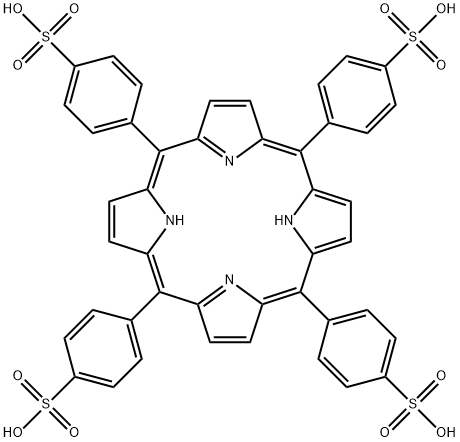
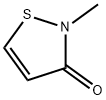
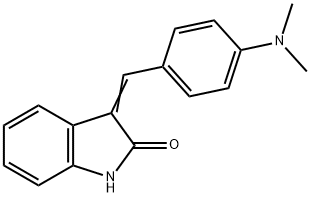
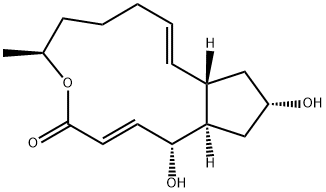
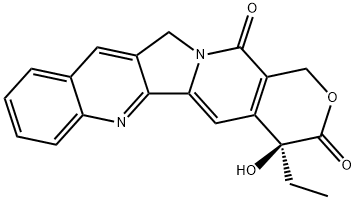
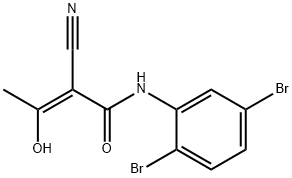

![1-[4-(1-Adamantyl)-2-thiazolylazo]-2-naphthol](https://img.chemicalbook.in/CAS/GIF/61601-59-0.gif)
You may like
-
 1-(2-Thiazolylazo)-2-naphthol, 99% CAS 1147-56-4View Details
1-(2-Thiazolylazo)-2-naphthol, 99% CAS 1147-56-4View Details
1147-56-4 -
![TAN [=1-(2-Thiazolylazo)-2-naphthol] [Spectrophotometric reagent for transition metals] CAS 1147-56-4](https://img.chemicalbook.in//Content/image/CP5.jpg) TAN [=1-(2-Thiazolylazo)-2-naphthol] [Spectrophotometric reagent for transition metals] CAS 1147-56-4View Details
TAN [=1-(2-Thiazolylazo)-2-naphthol] [Spectrophotometric reagent for transition metals] CAS 1147-56-4View Details
1147-56-4 -
 1975-50-4 98%View Details
1975-50-4 98%View Details
1975-50-4 -
 2-HYDROXY BENZYL ALCOHOL 98%View Details
2-HYDROXY BENZYL ALCOHOL 98%View Details
90-01-7 -
 2-Chloro-1,3-Bis(Dimethylamino)Trimethinium Hexafluorophosphate 221615-75-4 98%View Details
2-Chloro-1,3-Bis(Dimethylamino)Trimethinium Hexafluorophosphate 221615-75-4 98%View Details
221615-75-4 -
 14714-50-2 (2-Hydroxyphenyl)acetonitrile 98+View Details
14714-50-2 (2-Hydroxyphenyl)acetonitrile 98+View Details
14714-50-2 -
 118753-70-1 98+View Details
118753-70-1 98+View Details
118753-70-1 -
 733039-20-8 5-broMo-2-chloro-N-cyclopentylpyriMidin-4-aMine 98+View Details
733039-20-8 5-broMo-2-chloro-N-cyclopentylpyriMidin-4-aMine 98+View Details
733039-20-8